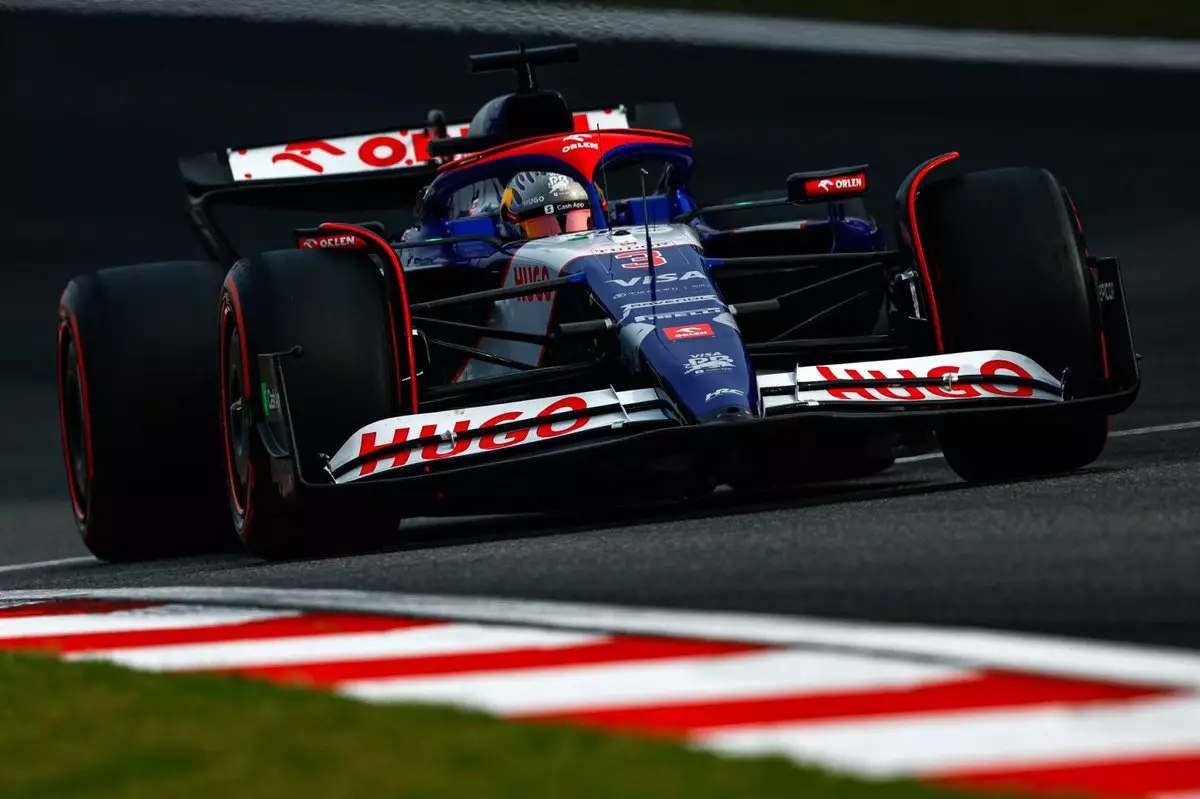Daniel Ricciardo, the Australian Formula 1 driver, had a difficult start to the season where he was struggling to keep up with his teammate Yuki Tsunoda. This led to questions about his future in the sport and whether he could bounce back from his poor performance. With no clear explanation for his struggles, Ricciardo and his team decided to make a well-timed chassis change for the Chinese Grand Prix in hopes of improving his form.
After the chassis change, Ricciardo noticed a significant improvement in his performance during the Chinese Grand Prix weekend. He described the experience as feeling more normal and seamless compared to previous races. This change seemed to have a positive impact on his overall performance, allowing him to qualify 12th for the race, which was a vast improvement from his previous results.
Despite the positive outcome of the chassis change, Ricciardo remained cautious about attributing all his gains to this single modification. He acknowledged that it was too early to make a definitive judgment and that further races would be needed to confirm the significance of the chassis adjustment. Ricciardo expressed his optimism but also highlighted the need for consistency in his performance in the upcoming races to truly gauge the effectiveness of the chassis change.
Ricciardo’s uncertainty about the cause of his initial struggles with the previous chassis is evident as he contemplates the possibility of never knowing the exact problem. If his improved performance continues in the next few races, he may have to accept that the mystery behind his initial difficulties will remain unresolved. However, he remains hopeful that the positive trend will continue and ultimately lead to a successful turnaround in his season.
The Shanghai Grand Prix circuit presents unique challenges, particularly with its long, slow corners that place significant stress on the front tyres. Despite these challenges, Ricciardo maintained a consistent approach to his car setup and driving style throughout the weekend. He emphasized the importance of making subtle tweaks rather than drastic changes to adapt to the unique demands of the track.
Ricciardo’s experience with the chassis change highlights the crucial role that technical modifications can play in a Formula 1 driver’s performance. While the immediate benefits were evident in his improved performance during the Chinese Grand Prix weekend, the true test lies in the consistency of his results in the upcoming races. The delicate balance between technical adjustments and driver skill is a constant challenge in the world of Formula 1 racing, where every detail can make a significant difference in the pursuit of success.


Leave a Reply